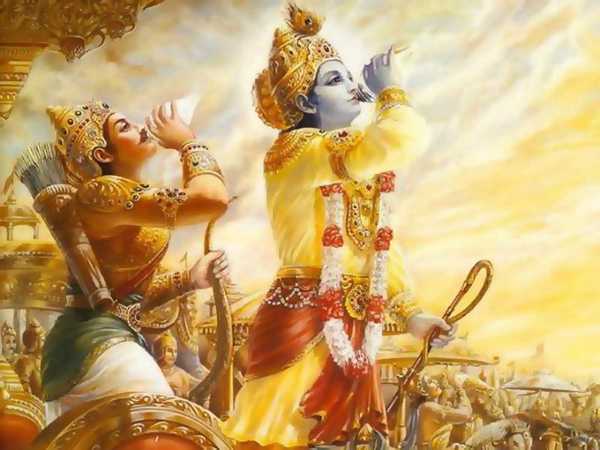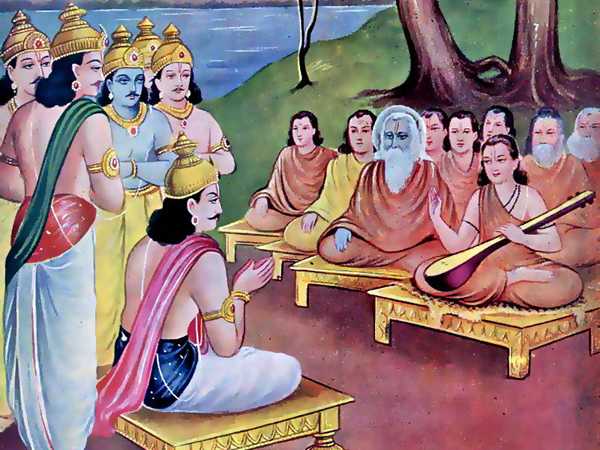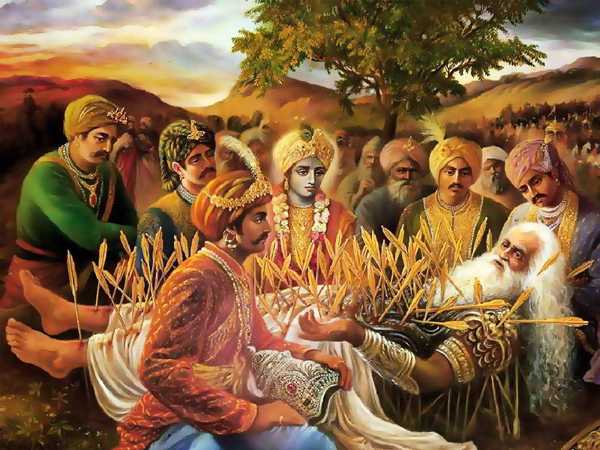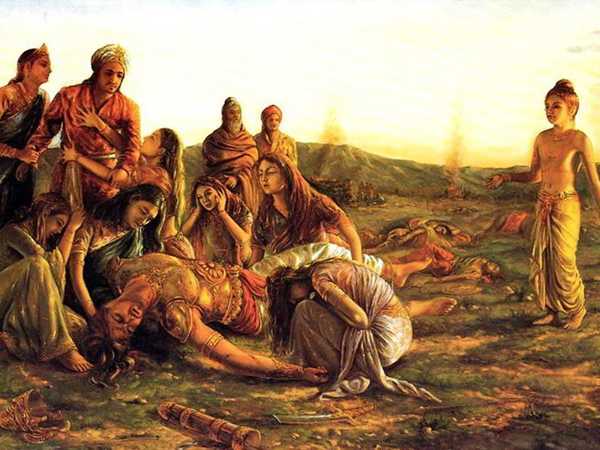Chapter 220

“Markandeya continued, ‘The fire called Bharata was bound by severe rulesof asceticism. Pushtimati is another name of his fire; for when he issatisfied he vouchsafes pushti (development) to all creatures, and forthis reason he is called Bharata (or the Cherisher). And that other fire,by name Siva, is devoted to the worship of Sakti (the forces of thepresiding deity of the forces of Nature), and because he always relievesthe sufferings of all creatures afflicted with misery, he is called Siva(the giver of good). And on the acquisition of great ascetic wealth byTapa, an intelligent son named Puranda was born to inherit the same.Another son named Ushma was also born. This fire is observed in thevapour of all matter. A third son Manu was born. He officiated asPrajapati. The Brahmanas who are learned in the Vedas, then speak of theexploits of the fire Sambhu. And after that the bright Avasathya fire ofgreat refulgence is spoken of by the Brahmanas. Tapa thus created thefive Urjaskara fires, all bright as gold. These all share the Soma drinkin sacrifices. The great sun-god when fatigued (after his day’s labours)is known as the Prasanta fire. He created the terrible Asuras and variousother creatures of the earth. Angiras, too created the Prajapati Bhanu,the son of Tapa. He is also called Vrihadbhanu (the great Bhanu) byBrahmanas learned in the Vedas. Bhanu married Supraja, and Brihadbhanuthe daughter of Surya (the sun-god). They gave birth to six sons; do thouhear of their progeny. The fire who gives strength to the weak is calledValada (or the giver of strength). He is the first son of Bhanu, and thatother fire who looks terrible when all the elements are in a tranquilstate is called the Manjuman fire; he is the second son of Bhanu. And thefire in whose honour oblations of clarified butter are enjoined to bemade here at the Darsa and Paurnamasya sacrifices and who is known asVishnu in this world, is (the third son of Bhanu) called Angiras, orDhritiman. And the fire to whom with Indra, the Agrayana oblation isenjoined to be made is called the Agrayana fire. He is the (fourth) sonof Bhanu. The fifth son of Bhanu is Agraha who is the source of theoblations which are daily made for the performance of the Chaturmasya(four-monthly) rites. And Stuva is the sixth son of Bhanu. Nisa was thename of another wife of that Manu who is known by the name of Bhanu. Shegave birth to one daughter, the two Agnishomas, and also five otherfire-gods. The resplendent fire-god who is honoured with the firstoblations in company with the presiding deity of the clouds is calledVaiswanara. And that other fire who is called the lord of all the worldsis Viswapati, the second son of Manu. And the daughter of Manu is calledSwistakrit, because by oblations unto her one acquires great merit.Though she was the daughter of Hiranyakasipu, she yet became his wife forher evil deeds. She is, however, one of the Prajapatis. And that otherfire which has its seats in the vital airs of all creatures and animatestheir bodies, is called Sannihita. It is the cause of our perceptions ofsound and form. That divine spirit whose course is marked with black andwhite stains, who is the supporter of fire, and who, though free fromsin, is the accomplisher of desired karma, whom the wise regard as agreat Rishi, is the fire Kapila, the propounder of the Yoga system calledSankhya. The fire through whom the elementary spirits always receive theofferings called Agra made by other creatures at the performance of allthe peculiar rites in this world is called Agrani. And these other brightfires famous in the world, were created for the rectification of theAgnihotra rites when marred by any defects. If the fires interlap eachother by the action of the wind, then the rectification must be made withthe Ashtakapala rites in honour of the fire Suchi. And if the southernfire comes in contact with the two other fires, then rectification mustbe made by the performance of the Ashtakapala rites in honour of the fireViti. If the fires in their place called Nivesa come in contact with thefire called Devagni, then the Ashtakapala rites must be performed inhonour of the fire Suchi for rectification. And if the perpetual fire istouched by a woman in her monthly course, then for rectification theAshtakapala rites must be performed in honour of the fire calledDasyuman. If at the time of the performance of this Agnihotra rites thedeath of any creature is spoken of, or if animals die, then rectificationmust be made with the performance of the Ashtakapala rites in honour ofthe Suraman fire. The Brahmana, who while suffering from a disease isunable to offer oblations to the sacred fire for three nights, must makeamends for the same by performing the Ashtakapala rites in honour of thenorthern fire. He who has performed the Darsa and the Paurnamasya ritesmust make the rectification with the performance of the Ashtakapala ritesin honour of the Patikrit fire. If the fire of a lying-in room comes incontact with the perpetual sacred fire, then rectification must be madewith the performance of Ashtakapala rites in honour of the Agniman fire.'”




